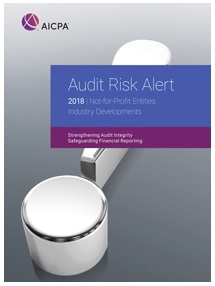
There is a large volume of new accounting rules that will be implemented over the next few years. It isn’t just your perception the volume of rules is growing.
At my other blog, Attestation Update, I have tallied the number of pages in the printed version of the accounting rules that apply in the United States. Check out: Been thinking the volume of accounting rules is growing a lot? It isn’t your imagination. Here’s a page count of GAAP.
The increased size of the authoritative accounting literature over the last few years is staggering.











